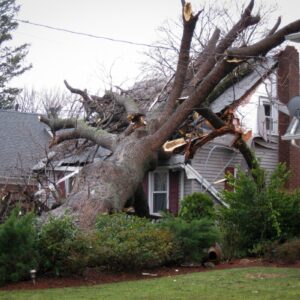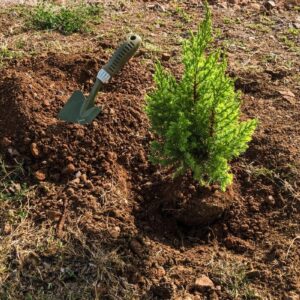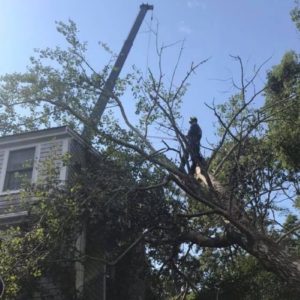We often hear MetroWest area homeowners ask, “Can pruning kill a tree?” It’s a valid concern that highlights the potential tree pruning risks that can arise if not done correctly. While professional tree pruning is essential for maintaining tree health and appearance, it requires an understanding of each tree’s unique biology and respect for its natural growth habits. Mistakes in pruning not only compromise a tree’s aesthetic appeal but can also be detrimental to its survival.
This guide explains how improper pruning harms trees, the signs of tree damage from pruning, what to do before branches are cut off, and how to keep your trees healthy after they have been pruned.
Key Takeaways
- Proper Pruning is Essential: Incorrect pruning techniques can harm or even kill trees. Understanding the right methods is key to maintaining tree health.
- Recognize the Signs of Poor Pruning: Be vigilant for symptoms like stunted growth, decay, unusual growth patterns, and sunscald, especially after pruning.
- Different Trees, Different Needs: Each tree species in the MetroWest area has unique pruning requirements. Timing and technique vary significantly among species.
- Both Preventive and Post-Pruning Care are Crucial: Before pruning, take steps to mitigate pruning risks and reduce the need for severe pruning. After pruning, regular inspections, adequate watering, and mulching are essential to support the tree’s recovery and growth.
- Seek Professional Guidance: For optimal tree health, consult with tree service professionals, like American Climbers, that offer expertise in proper pruning practices and long-term tree care.
What is Tree Pruning?
Tree pruning involves selectively removing parts of a tree, such as branches, buds, or even roots. Reasons for pruning include tree health, aesthetics, and safety. It’s more than just cutting; it’s about nurturing trees.
When performed correctly and at the right frequency, pruning can strengthen a tree’s structure, improve its appearance, enhance its resistance to pests and diseases, and help it withstand Nor’easters and other severe storms. It can also prolong the tree’s life by promoting healthy growth patterns and reducing the likelihood of falling limbs or trees.
Can Pruning Kill a Tree?
When approached without proper understanding and technique, pruning may not immediately kill a tree, yet it can set in motion a decline affecting the tree’s health and structural integrity. Understanding these risks is crucial for every homeowner who values their landscape.
Effects of Improper Pruning on Tree Health and Structure
The effects of pruning on tree health can be profound. Trees can suffer from tree structure damage when large amounts of foliage are removed, disrupting the delicate balance between the tree’s roots and canopy. This can weaken the tree, making it more vulnerable to improper pruning consequences such as disease or structural failure.
Recognizing and avoiding poor pruning practices, such as those described below, is critical to maintaining the health and stability of a tree.
- Over-pruning: Removing too much foliage can stress the tree, reducing its ability to photosynthesize and store energy. This can lead to weakened defenses against pests and diseases, and in severe cases, can result in tree death.
- Topping: Cutting off large branches or removing the top of the tree disrupts its natural structure, forces new growth that’s weakly attached and prone to breakage, and can cause decay.
- Lion-tailing: Stripping too many lower branches leaves the tree top-heavy and susceptible to wind damage and sunscald.
- Flush Cuts: Cutting too close to the trunk can remove the branch collar (the tree’s natural healing structure), leading to wounds that don’t heal properly.
- Timing Issues: Pruning at the wrong time can expose trees to harsh weather conditions or disease. For instance, pruning oaks in spring increases the risk of oak wilt disease.
Pruning Damage in the MetroWest Area
We’re often called on to examine trees that have been pruned by a homeowner or poorly trained “tree guy” and are now in decline. Often, we can save the tree with corrective pruning, but sometimes the tree is too damaged and needs to be removed. Here are just a few examples we’ve seen recently:
- Over-Pruned Maple: A maple in Framingham was over-pruned, resulting in sparse foliage and sunscald, where parts of the trunk were exposed to intense sun, causing damage to the bark.
- Improperly Topped Oaks: In Natick, several oak trees were topped, leading to weak new growth and vulnerability to oak wilt, significantly shortening their lifespan.
- Wrong Timing for Elms: Elms pruned during the early spring in Sudbury became targets for beetles, leading to an infestation of Dutch Elm Disease and, ultimately, removal of the trees.
It’s not just about the immediate damage. The stress and vulnerability induced by improper pruning can have long-lasting effects, making trees more susceptible to environmental stresses, pests, and diseases. The recovery is often slow and can require additional care and intervention.
Understanding these risks and working with professionals can help maintain the health and beauty of your trees, ensuring they continue to enhance the MetroWest area for years to come.
Each cut can change the growth of a tree. No branch should be removed without a clear reason.
Recognizing the Signs of Tree Damage from Pruning
Signs of tree damage from pruning can manifest in various ways. As a homeowner, being able to identify pruning damage is crucial for the early intervention and care of your trees. Here are some key indicators to watch for:
- Stunted Growth or Reduced Foliage: After improper pruning, trees may show reduced leaf size, fewer leaves, or stunted growth. This is a tree’s response to the significant loss of its photosynthetic capacity.
- Visible Decay or Large Wounds: Improper cuts, especially flush cuts or large wounds, can open the door to decay and pathogens. Look for signs of rotting or fungal growth near pruning sites.
- Unusual Leaf or Branch Growth Patterns: Over-pruned trees often sprout excessive shoots, known as ‘water sprouts,’ which are weakly attached and can grow rapidly. This is the tree’s attempt to quickly replace lost foliage.
- Sudden Branch Failure: This can occur months or even years after heavy pruning and is often a result of weakened branches due to topping or lion-tailing.
- Sunscald: Particularly in young and thin-barked trees, removing too many branches can expose the trunk to intense sunlight, leading to sunscald, which damages the bark and underlying tissues.
By recognizing these signs and understanding the unique needs of your trees, you can take proactive steps to ensure their health and longevity. Remember, the goal of pruning should always be to enhance a tree’s health and beauty, not to compromise it.
Pruning’s Effect on Long-Term Tree Health
Maintaining the health of your trees in the MetroWest area goes beyond the act of pruning itself. It involves a continuous cycle of care, monitoring, and strategic planning to ensure your trees remain a vibrant part of your landscape.
Preventing Tree Death from Pruning
Preventive measures, such as selective thinning and removal of dead or diseased branches, help maintain a tree’s structure and vigor. This minimizes the need for more aggressive pruning later, which could lead to significant stress and health decline for the tree.
Other preventive strategies are centered on mitigating the risks associated with improper pruning and sustaining long-term tree health. Here’s what we recommend:
- Right Tree, Right Place: When planting new trees, consider their mature size and choose a location where they can grow without future conflicts. Avoid planting trees under power lines or in confined spaces where severe pruning might be needed in the future.
- Monitor for Disease and Pests: Stay vigilant about potential disease and pest problems. Early detection can prevent major issues and reduce the need for drastic pruning.
- Learn About Tree Care: Understand the basic needs of your trees. Knowledge about proper watering, soil health, and common tree diseases in Massachusetts can be invaluable.
- Avoid Mechanical Damage: Protect your trees from lawn mowers and string trimmers, which can cause injuries that make trees vulnerable to diseases and pests.
- Set Up a Regular Tree Maintenance Program: Ongoing tree care and periodic evaluations allow you to adjust to your trees’ growth cycles and external changes in the environment that may influence their health and structure and identify potential issues early.
- Create a Pruning Schedule: Set up a regular tree pruning schedule tailored to the specific needs of each species. Beyond that, follow these guidelines.
-
- Young Trees: Focus on structural pruning during the first few years.
- Mature Trees: Require less frequent but more careful pruning, mainly to remove dead or hazardous branches.
- Special Cases: Some species or situations may require more frequent attention.
Post-Pruning Care: Ensuring Recovery and Growth
Trees heal after pruning by forming callus tissues around the wound site to seal it off from pathogens and pests. Good pruning practices, such as making clean cuts and not removing excessive amounts of foliage, aid the tree in a faster and stronger recovery. After a tree has been pruned, follow these best practices to ensure its long-term health:
- Regular Inspections: Post-pruning, it’s important to regularly check the tree for signs of stress or disease. Look for new growth, which is a healthy sign of recovery.
- Adequate Watering: Trees, especially those recently pruned, need sufficient water to heal and grow. Ensure your trees are receiving adequate moisture, particularly during dry periods.
- Mulching: Apply a 2 to 3-inch layer of organic mulch around the base of the tree. Be sure to leave a few inches between the trunk and mulch to prevent moisture buildup and rot at the tree base. This helps retain soil moisture, regulate temperature, and reduce weed competition.
- Fertilization: Consult with a tree care professional to determine if your tree needs fertilization to aid its recovery, especially if it shows signs of nutrient deficiency.
- Wound Dressings: In general, trees heal naturally, and wound dressings are not recommended. However, if advised by a professional, use them sparingly.
 Why Choose American Climbers for Your Tree Pruning Needs
Why Choose American Climbers for Your Tree Pruning Needs
Proper pruning is vital for the health and longevity of your trees. While it’s a powerful tool for maintaining tree aesthetics and safety, it requires knowledge, skill, and an understanding of each tree’s needs. For homeowners in the MetroWest area, consulting with a professional and local tree service company like American Climbers ensures that your trees receive the best care possible.
Our team knows that a well-pruned tree is a safe, healthy, and beautiful tree. By entrusting your tree pruning needs to American Climbers, you’re choosing to work with professionals who, time and time again, have proven their ability to enhance the natural beauty and lifespan of trees in the community. Whether it’s a routine trim or a more complex pruning task, we bring our expertise and care to every branch we shape.
Don’t let improper pruning techniques compromise the health of your trees. Contact American Climbers today for expert tree pruning services in the MetroWest area of Massachusetts. Ensure your trees are in safe, skilled hands!
Blog Topics
Recent Posts
What's Happening? Stay Informed!
Stay on top of local events, pest and disease updates, tree and landscape tips, and more. Delivered straight to your inbox each month.

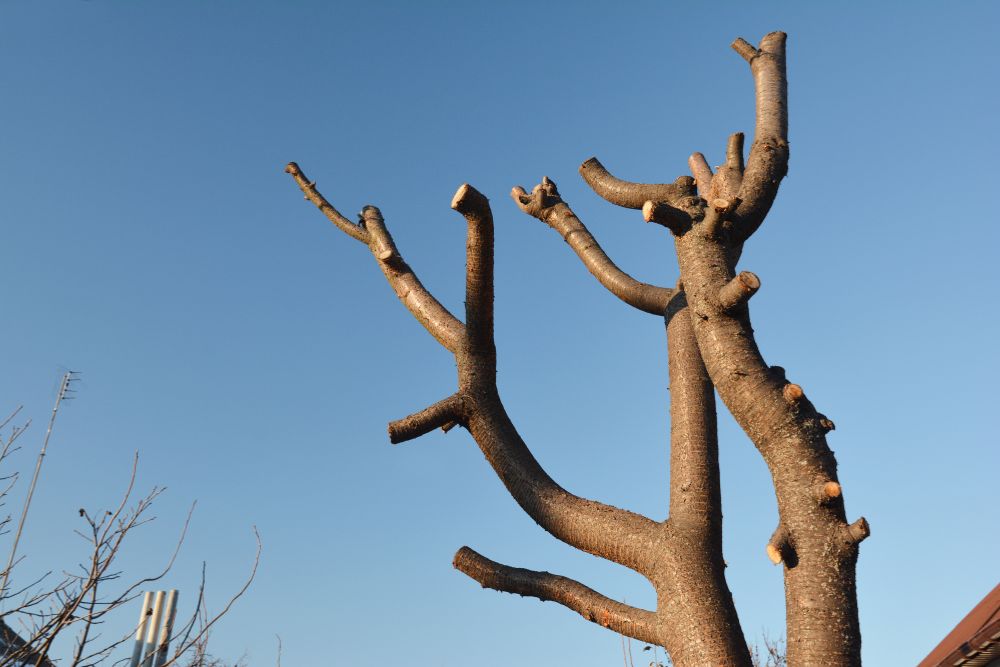
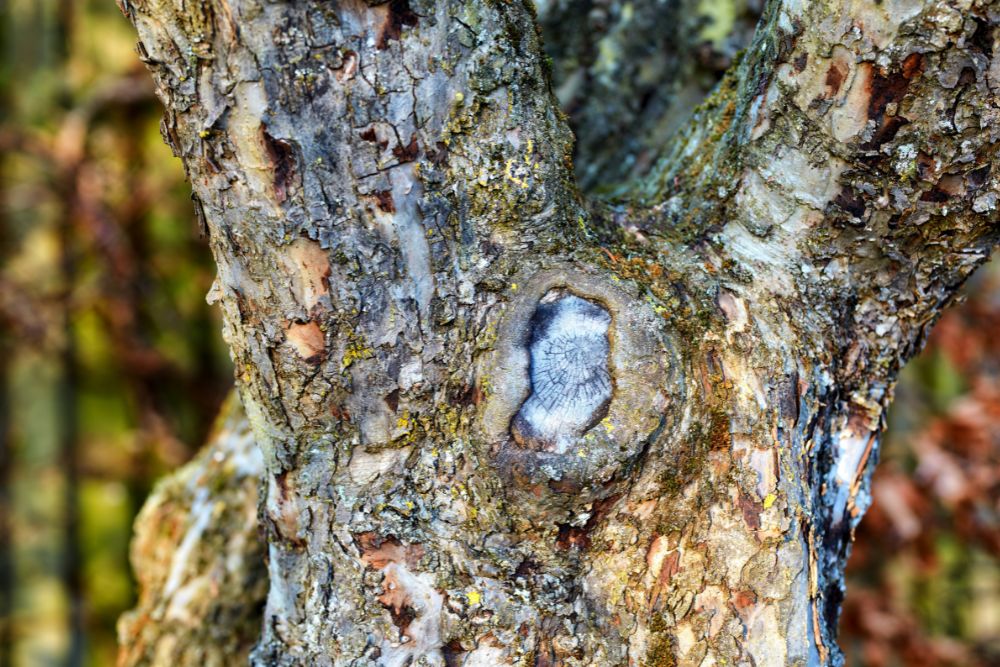
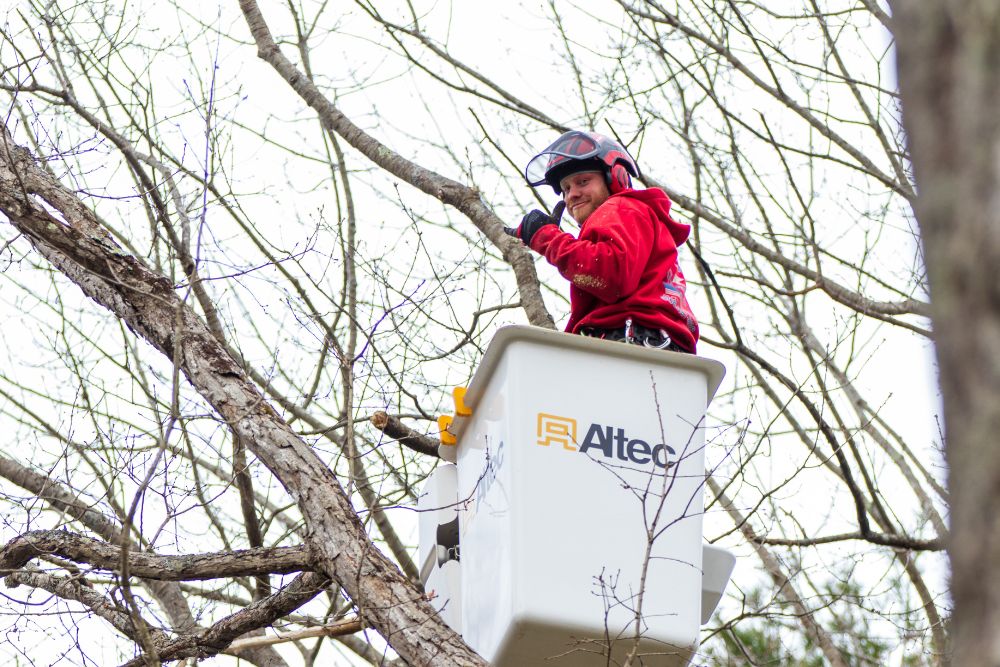 Why Choose American Climbers for Your Tree Pruning Needs
Why Choose American Climbers for Your Tree Pruning Needs